
- Home
- Photography Tours
- Diary / Blog
- Galleries
- Foreign Trips
- Tasmania 2016
- NE Queensland 2016
- Western Alps 2016
- NE Spain 2016
- Australia's Wet Tropics 2015
- Australia's Top End 2015
- SW Australia 2015
- Switzerland 2015
- Andalucia 2015
- Belize 2015
- Australia 2014
- Switzerland 2014
- Belize 2014
- Bahama Islands 2014
- Switzerland 2013
- Ecuador 2012-2013
- Florida 2011-2012
- Vancouver Island 2011
- Australia 2010
- Peru 2008
- Bulgaria 2007
- Lesvos 2006
- California 2006
- New Zealand 2005
- Extremadura 2005
- Goa, India 2004
- The Gambia 2003
- About
November 2013
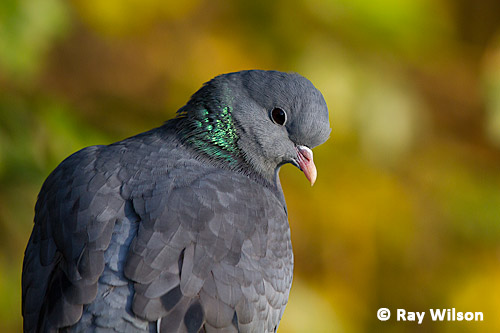
Stock Dove (Columba oenas)
Most of this month was spent photographing the birds coming to the feeders in my garden.
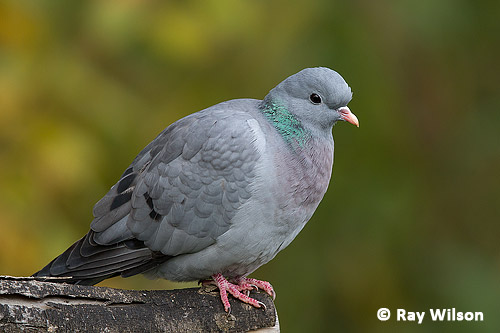
Stock Dove (Columba oenas)
The demographic of the birds visiting my garden has changed drastically in the three years I have been living in Attenborough. Over the entire winter of my first year I didn't see a single House Sparrow and, of the 20+ species visiting daily, the most abundant bird at the feeders were Reed Buntings.
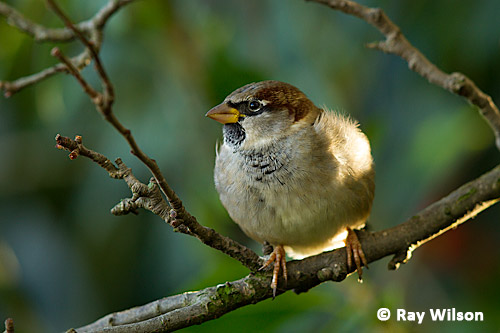
House Sparrow (Passer domesticus)
In contrast, this winter I have so far only seen one Reed Bunting and the vast majority of the birds coming to the feeders are House Sparrows with only a few Chaffinches, Robins, Blue Tits, Great Tits and the occasional Coal Tit and Goldfinch also visiting.
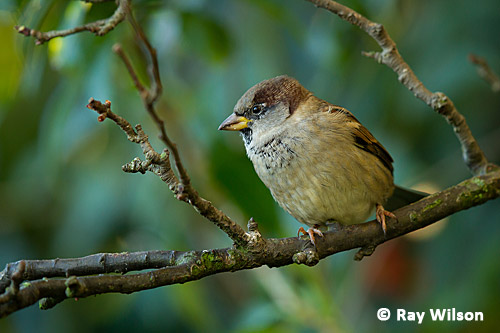
House Sparrow (Passer domesticus)
The weather is still very mild though, so there is probably still a good supply of natural food available in the surrounding area and the birds have not yet been forced to search for food in more suburban areas yet. Hopefully the diversity of the birds in my garden will improve when the weather gets colder and the frosts become more frequent... I certainly hope so, because I have to say I am starting to get a bit bored of photographing nothing but House Sparrows!
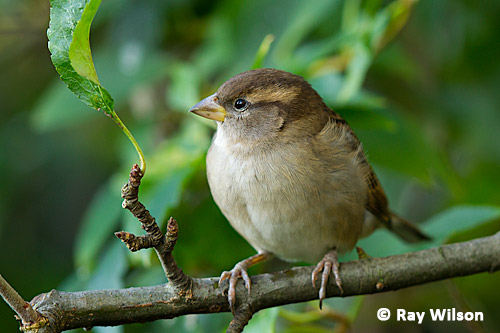
House Sparrow (Passer domesticus)
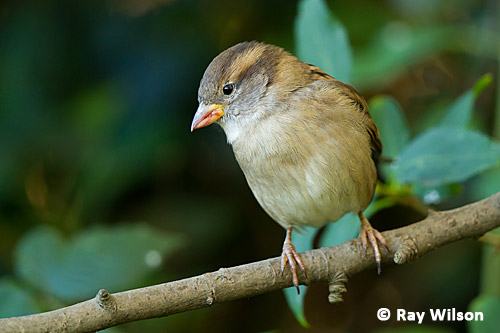
House Sparrow (Passer domesticus)
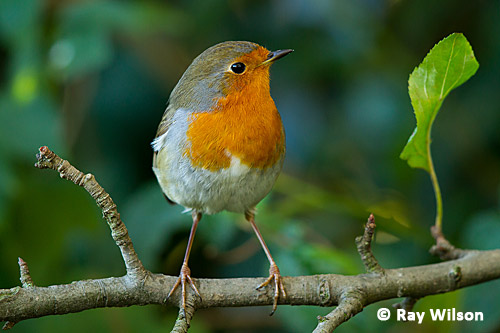
European Robin (Erithacus rubecula)
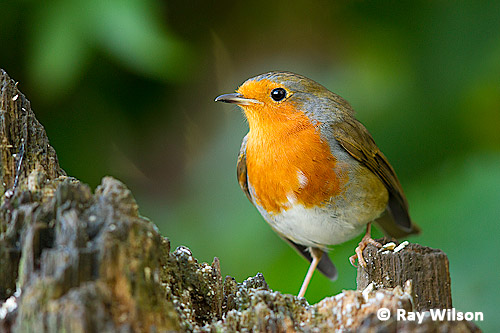
European Robin (Erithacus rubecula)
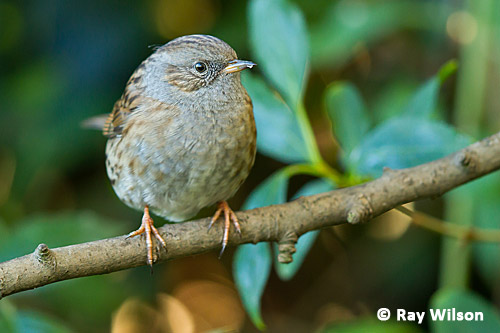
Dunnock (Prunella modularis)
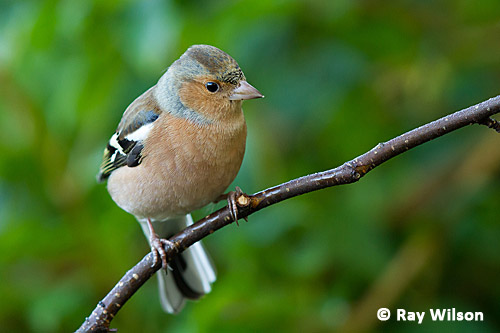
Chaffinch (Fringilla coelebs)
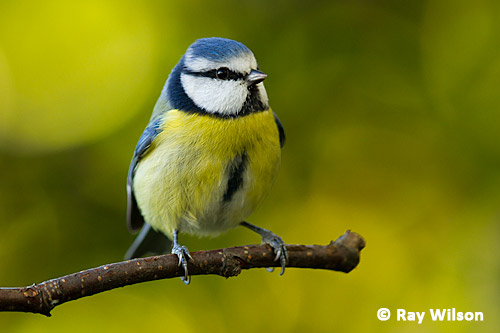
Blue Tit (Cyanistes caeruleus)
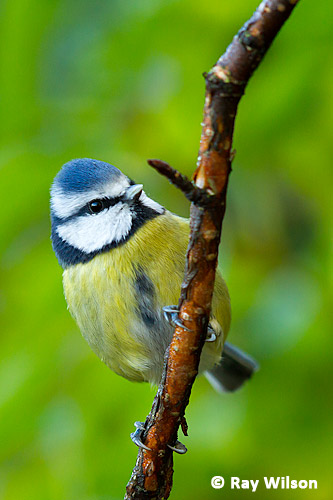
House Sparrow (Passer domesticus)
For a bit of variety, I have also been spending a bit of time photographing the birds coming to the feeders on my local reserve. There the most common birds are Tree Sparrows.
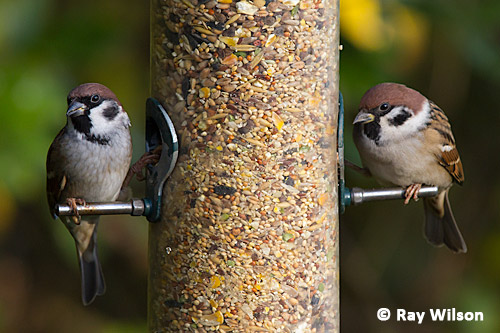
Tree Sparrow (Passer montanus)
Underneath the feeders a large number of Brown Rats can be observed taking advantage of the abundant grain thrown to the ground by the messy feeding habits of the sparrows and finches.
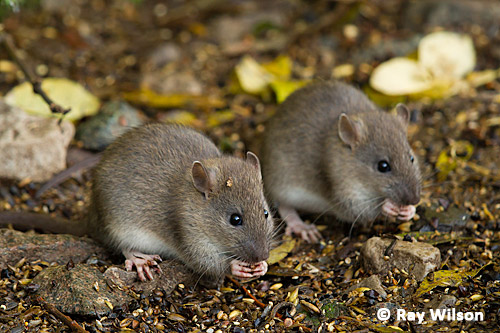
Brown Rat (Rattus norvegicus)
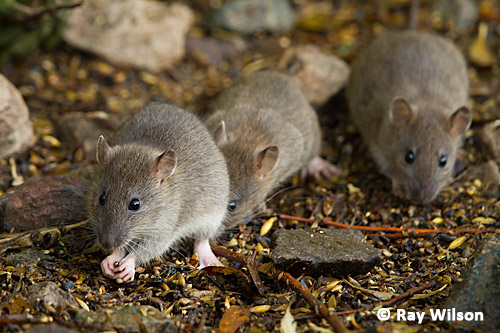
Brown Rat (Rattus norvegicus)
At the moment there are often over 20 rats present throughout the day, whenever the Woodpigeons or Mallards are not around to chase them off.
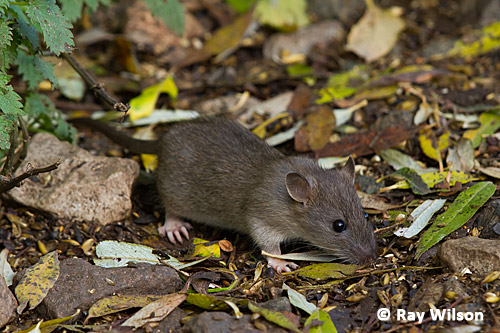
Brown Rat (Rattus norvegicus)
Newly-weened rats, such as the one in the above photo, can easily be mistaken for mice but they can usually be identified by their over-sized hind feet which develop at a proportionally faster rate than the rest of their bodies.
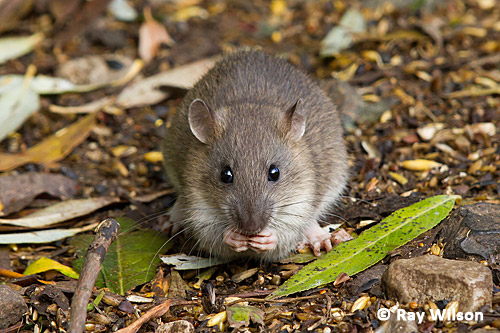
Brown Rat (Rattus norvegicus)
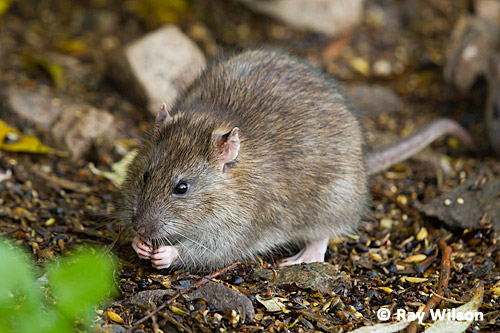
Brown Rat (Rattus norvegicus)
Ray Wilson owns the copyright of all images on this site.
They may not be used or copied in any form without prior written permission.
raywilsonphotography@googlemail.com